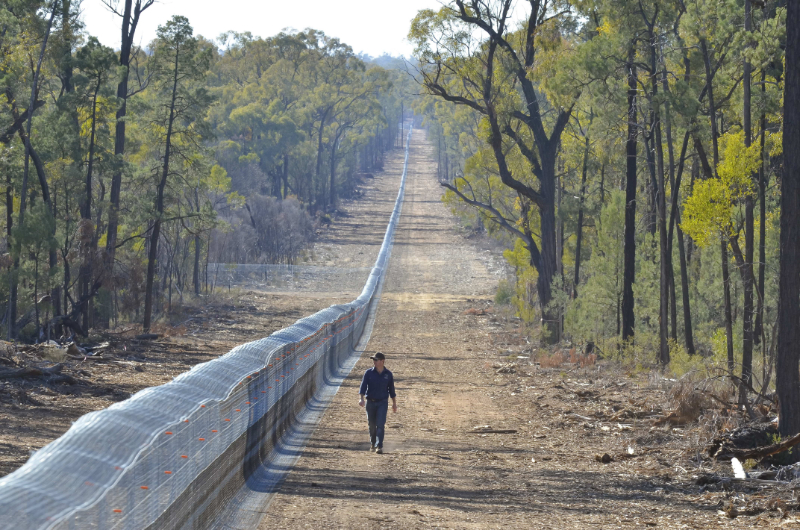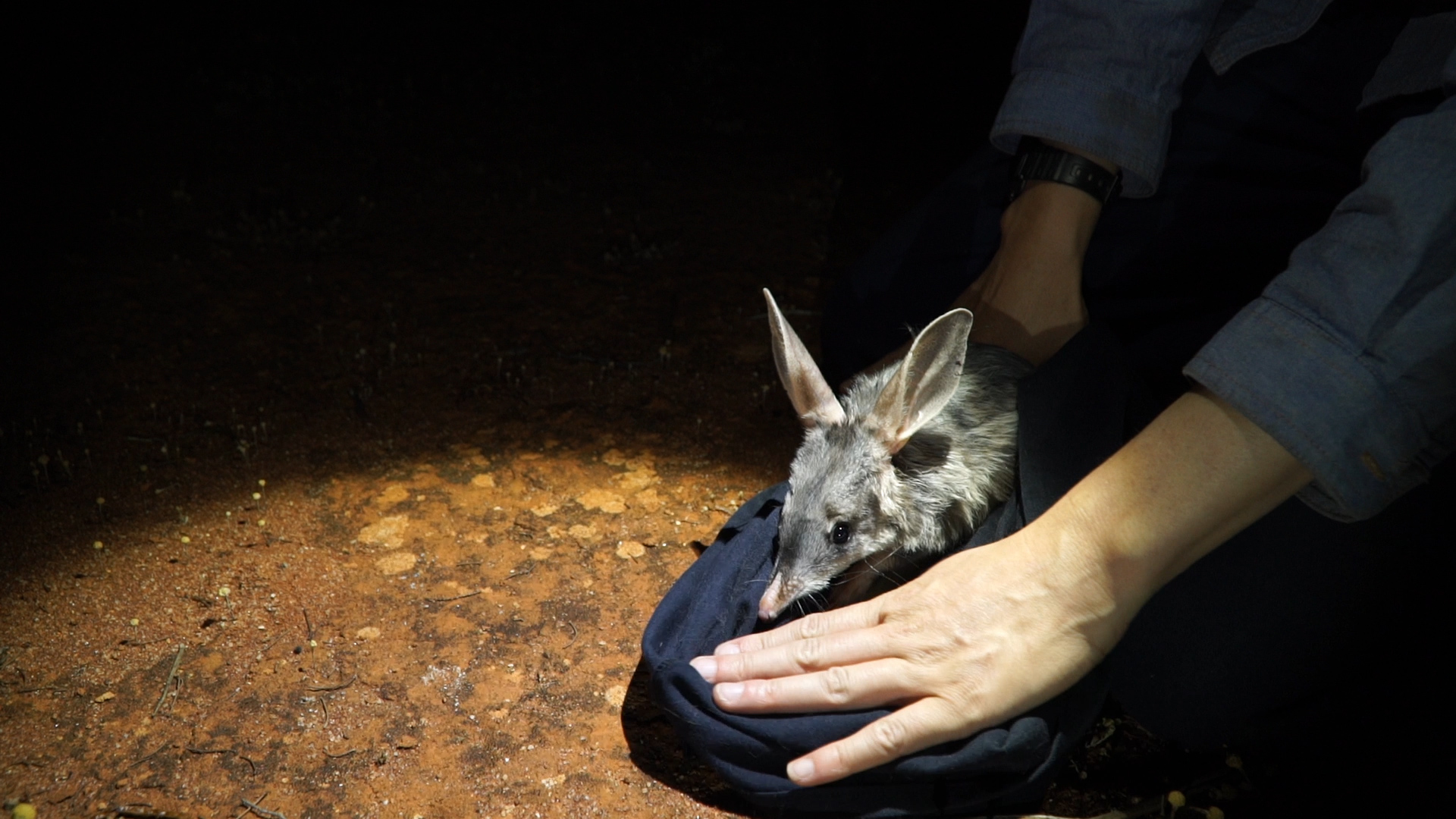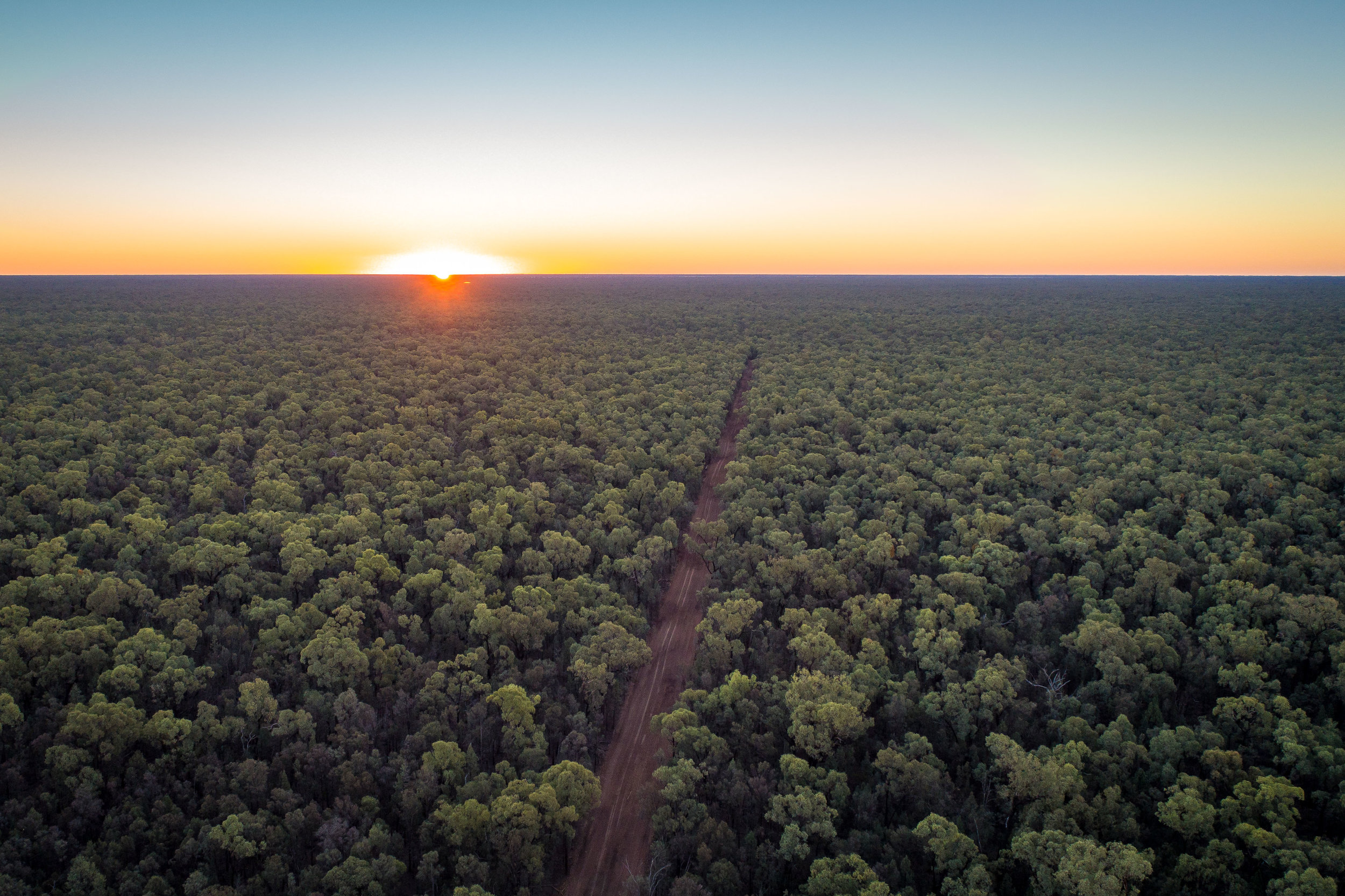


For the first time in more than a century, bilbies are running wild in NSW, with a conservation area near Narrabri.
There were 30 of the small marsupial released in a specially fenced, predator-free section of Pilliga forest.
Bilbies disappeared in the NSW wilderness in about 1910, as a result of introduced predators including foxes and cats.
Environment Minister Gabrielle Upton said were the first of the 13 regionally extinct mammals that would be returned to the wild through the NSW government’s 10-year Saving Our Species project.
“The return of the bilby is internationally significant: this is a major victory in the campaign to save our species from extinction,” Ms Upton said.
“To have them back in our national parks is a magnificent sight to see and a clear innovative step by this government, towards securing populations of threatened species.”
The bilbies are being housed within 32 kilometres of predator-proof fence encompassing 5800 hectares
Other locally-extinct mammals to be reintroduced in to western NSW under the $42.1 million project, include the bridled nail-tail wallabies, brush-tailed bettongs and numbats among the species to follow.
The Pilliga project is being carried out by NSW National Parks and Wildlife Service in a partnership with the Australian Wildlife Conservancy (AWC).
AWC boss Tim Allard said the return of the bilby to the Pilliga is a spectacular outcome not just for the bilby, but also for Conservation.
“Within a short space of time, AWC’s Ecologists and Land Managers constructed the 32km fence, eradicated feral predators, and have successfully reintroduced the bilby,” he said.
“This fenced area will also provides a secure environment for another five species, including the Bridled Nail-tail wallaby, as well as many extant species such as the Pilliga mouse and bird species.
“The aim is that the Pilliga will return to what it was like 200 years ago, before feral predators took their toll.”




















